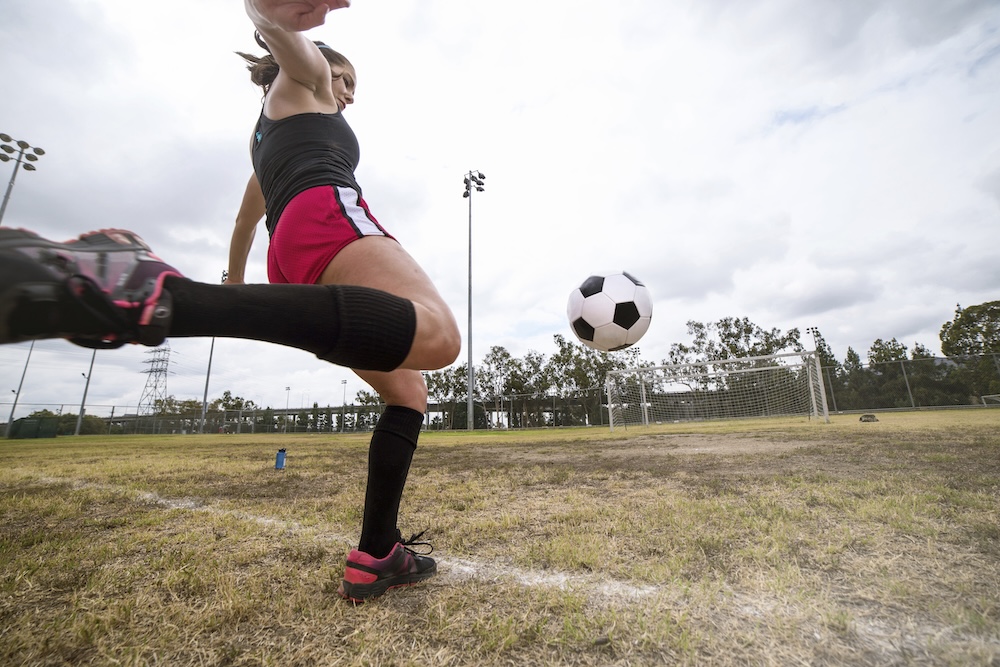Athletes depend on their feet for agility, speed, and overall performance. Whether running, jumping, or pivoting, their lower limbs endure immense stress. Podiatrists play a crucial role in helping athletes optimize performance, prevent injuries, and manage conditions specific to different sports. By addressing biomechanical issues and providing specialized treatment, podiatrists contribute significantly to an athlete’s success and longevity in their sport.
Enhancing Performance Through Biomechanics
Proper foot alignment and function are essential for maximizing athletic performance. Podiatrists analyze an athlete’s gait, foot posture, and movement patterns to identify inefficiencies that may impact speed, endurance, and agility. By using cutting-edge technology such as pressure mapping and video gait analysis, they can recommend specific adjustments or corrective measures. Custom orthotics, for example, can enhance stability, improve shock absorption, and provide optimal support tailored to an athlete’s needs.
Injury Prevention Strategies
Injury prevention is a major focus in sports podiatry. Athletes are prone to conditions such as plantar fasciitis, Achilles tendonitis, shin splints, and stress fractures, which can arise from overuse or improper biomechanics. Podiatrists develop personalized prevention programs that include stretching routines, strengthening exercises, and footwear recommendations. They also advise on training modifications to reduce excessive strain on the lower limbs. Regular check-ups with a podiatrist can help detect minor issues before they develop into serious injuries.
Sport-Specific Foot Care
Each sport presents unique challenges for foot health. Runners, for example, are at higher risk for stress fractures and heel pain, while basketball players may suffer from ankle sprains due to frequent jumping and abrupt directional changes. Soccer players often deal with turf toe and metatarsal injuries from constant kicking and sudden stops. Podiatrists tailor treatment and preventative strategies based on the demands of an athlete’s sport, ensuring they maintain peak performance with minimal risk of injury.
Managing Chronic Conditions and Rehabilitation
For athletes managing chronic foot or ankle conditions, podiatrists provide ongoing care and rehabilitation support. Conditions like flat feet, arthritis, and tendonitis can hinder athletic performance if left untreated. Podiatrists utilize treatments such as physical therapy, custom orthotics, and in some cases, minimally invasive procedures to alleviate pain and restore function. By incorporating a combination of therapy, footwear adjustments, and training modifications, they help athletes return to peak performance safely.
The Importance of Proper Footwear
Footwear plays a vital role in both performance and injury prevention. Wearing the wrong type of shoes can lead to discomfort, instability, and long-term damage. Podiatrists assess an athlete’s foot structure and movement patterns to recommend the most suitable footwear. They also guide athletes on when to replace their shoes to maintain proper support and cushioning. For those with unique foot shapes or medical conditions, podiatrists may suggest custom-made shoes to enhance comfort and function. (Find APMA-approved footwear here).
Conclusion
Podiatry is an integral part of sports medicine, helping athletes perform at their best while minimizing the risk of injuries. From biomechanical assessments and injury prevention to rehabilitation and footwear guidance, podiatrists offer essential expertise that enhances athletic performance. Whether you’re a professional athlete or a weekend warrior, seeking podiatric care can make a significant difference in your overall performance and foot health. If you’re experiencing foot pain or looking to optimize your movement, consulting a podiatrist can be the key to achieving your athletic goals.

